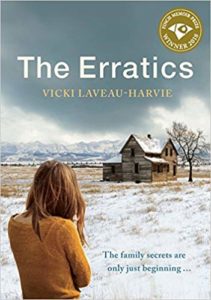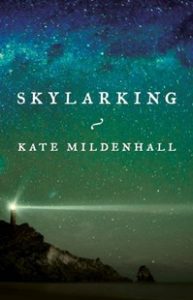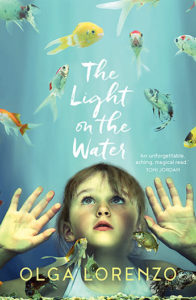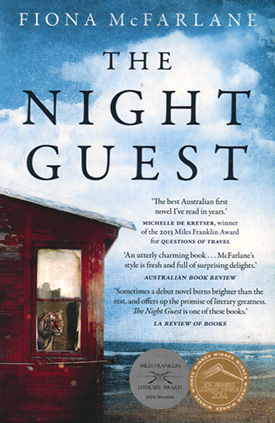 This is a quiet, meditative novel. Middle-aged Erica sells up her apartment in Sydney to live on the south coast of NSW (I had previously read Lohrey’s novel Vertigo set in Tasmania and for some reason this story felt more like Tasmania to me than NSW). She has moved to be closer to her son who is serving a long sentence at a nearby prison. She rents a beach shack and immediately feels at home there, so she buys it. (Another quibble, beach shacks, even the run down variety, are gold on the south coast and unlikely to be waiting around for a spur-of-the-moment purchaser). Nevertheless, Lohrey is wonderful at description and mood and setting, and the reader settles into the rhythm of a low key life with the protagonist. We get to know the neighbours as she does – there is no sentimentality here, even the likeable ones get a critical eye from Erica. Underneath what might be a simple account of a sea-change, is the pain of Erica’s guilt over, and estrangement from, her son. The son is particularly unapproachable and unsympathetic, and I thought this was a brave and, probably, realistic portrayal. Erica has to cop it, as most mothers would, and sit in silence with him during the prison visits.
This is a quiet, meditative novel. Middle-aged Erica sells up her apartment in Sydney to live on the south coast of NSW (I had previously read Lohrey’s novel Vertigo set in Tasmania and for some reason this story felt more like Tasmania to me than NSW). She has moved to be closer to her son who is serving a long sentence at a nearby prison. She rents a beach shack and immediately feels at home there, so she buys it. (Another quibble, beach shacks, even the run down variety, are gold on the south coast and unlikely to be waiting around for a spur-of-the-moment purchaser). Nevertheless, Lohrey is wonderful at description and mood and setting, and the reader settles into the rhythm of a low key life with the protagonist. We get to know the neighbours as she does – there is no sentimentality here, even the likeable ones get a critical eye from Erica. Underneath what might be a simple account of a sea-change, is the pain of Erica’s guilt over, and estrangement from, her son. The son is particularly unapproachable and unsympathetic, and I thought this was a brave and, probably, realistic portrayal. Erica has to cop it, as most mothers would, and sit in silence with him during the prison visits.
The labyrinth of the title is Erica’s project to keep her busy, to occupy her thoughts and her hands. It harks back to a maze of her childhood in the grounds of a mental institution where her father was a doctor. A labyrinth, though, is not a maze and there is quite a bit of discussion around different designs, the philosophy behind it, etc. Enter Jerko, an illegal immigrant, and stone mason in an earlier life, who decides to help with the construction. Again, there is no sentimentality, Jerko is abrupt and stand-offish. Things happen slowly, they don’t build to anything much, dramas are, as often as not, internalised. The highlight for me was a wonderfully described storm that causes a backwash in the lagoon which sends floodwaters seeping into Erica’s shack.
This novel is a string of incidents and thoughts, following the rhythms of a life. As with all such narratives, it is the writing, the description, and the authorial voice that carries it. And Lohrey succeeds in this. There has been some suggestion that the structure and pace of the book is designed to imitate the labyrinth – the meditative pacing, the folding back on itself, the goal of achieving the centre and then retreating. If so, this aspect was somewhat lost on me, though I do concede there is a sense of taking life at a walking pace, looking around, and then moving on.
PS Lovely cover that induced me to buy the paper book.











